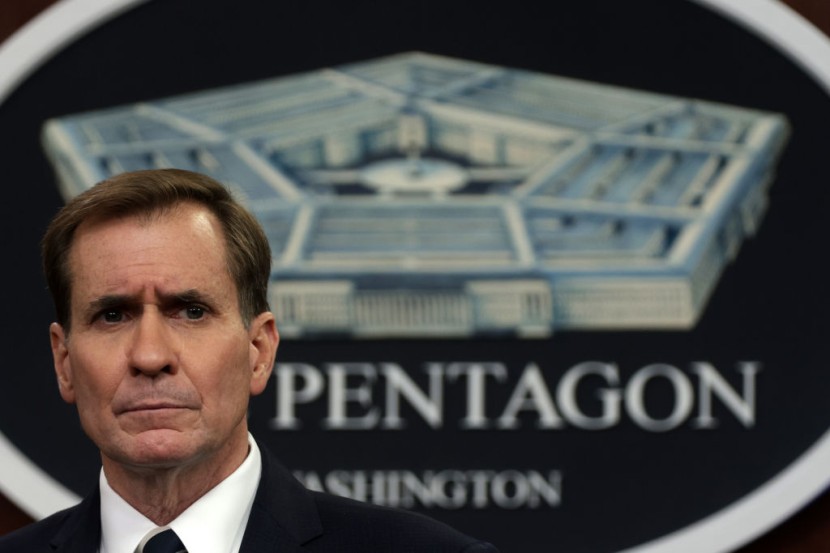
The Pentagon is placing around 8,500 US troops stationed in Europe on high alert in response to President Joe Biden's directive, in order to reassure allies in the face of mounting fears of a Russian military attack on Ukraine.
In connection with tensions over Russia's military buildup along Ukraine's borders, Pentagon press secretary John Kirby said Monday no final decisions had been made on deployments, which he said would only happen if the NATO alliance decides to activate a rapid-response force "or if other situations develop"
US puts 8,500 troops on heightened alert
In view of signals that Russian President Vladimir Putin is not de-escalating his military pressure on Ukraine, Defense Secretary Lloyd Austin proposed to Biden that around 8,500 troops be ordered to prepare for possible deployment to Europe, according to Kirby. Because the forces located in the United States were still being notified, Kirby said he wasn't ready to name them.
According to the White House, Biden conducted a video conference with other European leaders later Monday on the Russian military buildup and possible reactions to an invasion, as per AP News.
Following warnings from Western authorities that a Russian invasion of Ukraine might be imminent, the Pentagon is preparing to deploy orders. The Kremlin has stockpiled 100,000 troops along Ukraine's border.
Moscow has also claimed that a number of its servicemen in Belarus are participating in war simulations. Biden has previously warned that if soldiers cross the border into Ukraine, they would incur severe economic expenses, and that if they do, they will be transferred to NATO's defenses.
On Monday afternoon, the president was scheduled to meet digitally with European leaders to address the situation, which has worsened in recent days, prompting the State Department to decrease the number of staffers at the US embassy in Kyiv.
In the event of "NATO's activation of the NRF or a deteriorating security environment," the Defense Department was still notifying military units it would send to Eastern Europe on Monday, but they would include "additional brigade combat teams, logistics, medical, aviation, intelligence, surveillance and reconnaissance, transportation and additional capabilities," Kirby said.
US, NATO deploy weapons in Ukraine
Austin's directive would also speed up the deployment preparations of military forces, adding to the air of urgency. In some circumstances, the time it takes for a unit to prepare for a transfer is reduced from ten to five days.
As part of a lethal aid package agreed in December, Washington dispatched two weapons shipments to Ukraine earlier this month, and NATO members are also deploying ships, fighter planes, and weaponry to Eastern European sites, according to The Hill.
With an estimated 100,000 troops on the Ukrainian border, Russia is demanding that NATO commit to never let Ukraine join and that other moves, such as stationing alliance forces in countries that were once Soviet bloc members, be halted. The commitment to permanently prohibit Ukraine, for example, is a non-starter for NATO, causing an impasse that many worry would only lead to conflict.
In response to Western charges, Russia denies that it is planning an invasion, and claims that the accusations are only a cover for NATO's own planned provocations. High-stakes negotiation that failed to produce any breakthrough and manipulation on both sides have been evident in recent days.
In the Baltic Sea area, NATO said Monday it is increasing its "deterrence." In Lithuania, Denmark is sending a frigate and F-16 airplanes to join NATO naval forces; in Bulgaria, Spain is sending four fighter jets and three ships to join NATO naval forces; and in Romania, France is preparing to send soldiers. From April, the Netherlands wants to deliver two F-35 fighter jets to Bulgaria, Huff Post reported.
Related Article : Russia-NATO Talks on Ukraine Crisis Reach No Breakthrough as Leaders Eye More Talks; US Senate Democrats Push More Sanctions Bill
@YouTube
© 2025 HNGN, All rights reserved. Do not reproduce without permission.








